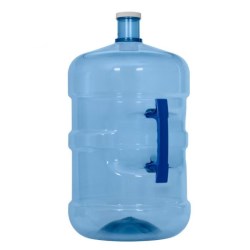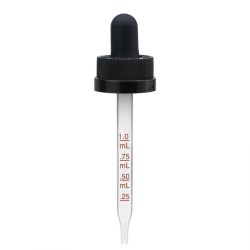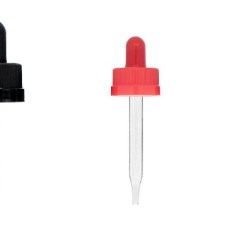Public
Dempsey International Packaging
Dempsey International Packaging Videos
Raptor Packaging Catalog
Raptor Packaging Locations
Raptor Packaging News
If this is your company, CONTACT US to activate Packbase™ software to build your portal.


You need to know five important things about glass quality, so you don’t get shattered.
Glass quality can vary greatly from process to process — what appears simple on the outside is much more dynamic and complex on the inside. Understanding some of these key elements and how they affect quality and consistency can make a big difference for you and your business. Fundamentally, there are five key components that will impact your glass quality: price, process, production, packing and package design.
First, let’s discuss the price you pay versus the plant profitability.
One of my colleagues that spent years as an executive running glass factories around the world would often say, “The last thing you want to be is the least profitable customer of a glass factory.”
As the purchaser we pride ourselves on demanding low prices and expect that production and quality will be a given. Think again — the metrics that glass factories use to determine their profitability is called the Pack to Melt ratio. The Pack to Melt ratio is determined by the amount of glass made from the furnace (hot end) and the amount of glass packed out for shipment from the warehouse (cold end). The Pack to Melt ratio is: packed out amount of glass / produced amount from the furnace = % efficiency.
So, one would ask, “What is happening in-between that causes us loss, thus decreasing profitability per job?”
In a word: everything. Bad quality, breakage, structural defects, cosmetic defects, cooling, decorating, tempering, coatings, and the list goes on. What most people fail to realize is that the glass production process is such that, with even the most modern controls, making consistent quality glass is as much an art as it is a science.
The price you pay directly corresponds to the Pack to Melt ratio. The variance in between the two has to do with culling defects and determining your quality level. The more defects the factory packs (and you’re willing to accept), the more profitable the job is because we’re not throwing away glass. So, if you’re the low-priced customer, you can bet your job on the fact that you’re going to get more defects.
In today’s modern world, we assume that all production environments have mastered the magical equation of repeatability of process, but with the glass conversion process it varies widely. Hot side control which is where the glass is flowing as a liquid at 2400 degrees into a mold, and then blown or pressed into a vessel of consumer choice. There are many variables that can affect the outcome; the furnace controls, furnace age, batch controls, batch formulas, raw materials, cullet, temperature, and product design.
Regardless of the amount of technology, repeatability of process can only be maintained within a God-given standard deviation.
If you expect that every glass bottle you receive will be perfect every time, there is only one way to do that: throw out the defects. This will in turn lower the Pack to Melt ratio and decrease the efficiency of the production, adding costs that the factory must recover. By nature itself, bad glass is being made right now.
Since we’re busy in the production environment making bad glass because it is inherent in the process, our mission changes to isolating the defects based on the agreed to customer specification or factory standard. We have tweaked all the man-made variables and play the game of continually chasing and culling based on the best possible Pack to Melt ratio and customer expectations. Even with modern vision equipment, and hi-tech quality control equipment, the defects keep coming, because glass production is a dynamic age-old process that refuses to be controlled.
The point here is that we must set standards that are compatible with both our pricing level and the production environment.
Glass is a messy process and there are lots of chances for things to go wrong. Setting Acceptable Quality Levels (AQL’s) and making sure the production team is properly trained can go a long way to finding the appropriate balance. This involves everything from Q.C. of inbound raw materials, cosmetic defects, critical defects, corrugated boxes, decoration, etc. Working closely with your glass manufacturer will reduce defects, save you money, and set the stage for a better product for your consumer.
The final pack out can play a role in your overall efforts to maintain quality.
Most of the world produces glass in bulk, which eliminates the potential for everything from corrugated dust to chipped finishes. The majority of glass packed in corrugated boxes is done manually: human hands fast at work, loading glass into cartons and stacking them in specified pallet configurations. Depending on the type of glass bottles or jars you are procuring, this can actually be an advantage. Despite technology, the human eye is unique unto itself, and can be the final check for defects or decoration issues prior to pack out the glass in cases. Technology continues to advance but still there are limits to what it can identify. Of course, every step in the production process either eliminates or adds cost so making this a team effort with your supplier usually leads to a better product.
Working with your glass manufacturing partner on the design of your packaging can be important to helping them have more control and repeatability in the process and production environments.
Not all glass bottles or jars perform equally from a manufacturability stand point. Depending on your design, the bottles or jars maybe much more manufacturable. Reviewing your design with the manufacturer based on what will be your acceptable AQL’s is highly recommended. This will help to ensure that your glass manufacturing partner has the right production assets in place to make the glass bottles or jars to your specifications.
Variabilities like light weighing, angles, slopes, finishes, color, and volume all play a role in the quality of the product. Remember, our goal must be to give the glass manufacturer the best chance of success because the forces of nature are against them before they even start production.
In the end, learning more about the process and engaging professionals who can help you will deliver better results. The price/ production equation is very real, and it is not something that should not be ignored. The glass industry is a global business with very modern technology, controls, financial management, and innovation. Despite all the forces of human intervention, the process simply has limitations that are inherit to the age-old process of glass production. Setting your expectations correctly and diving in with your supplier will put you in control and save you time and money.
Authored by: George W. Dempsey Jr, CEO of Raptor Packaging & Dempsey International Packaging
George is a leading expert on Asian and Latin American Packaging Supply Chain dynamics. His expertise spans 25 years of supply chain and business development in foreign markets, including multiple board level positions. He is a graduate of Northern Illinois School of Business and holds multiple degrees including an Executive MBA.


.jpg)
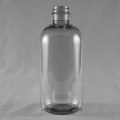
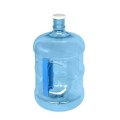

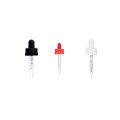



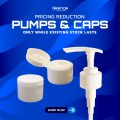
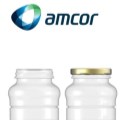

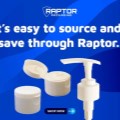

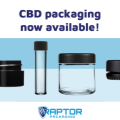

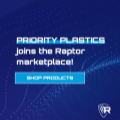
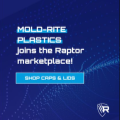

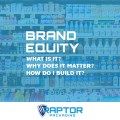





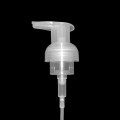








.jpg)


